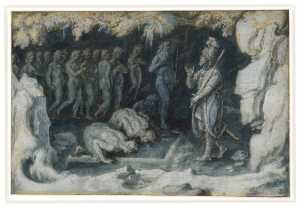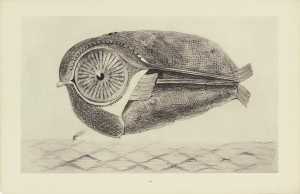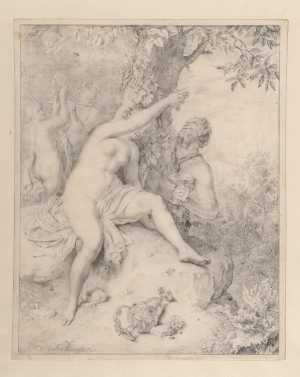Specifications
| Title | Study for Moses and the Brazen Serpent |
|---|---|
| Material and technique | Black chalk, pen and brown ink, blackened on the verso |
| Object type |
Drawing
> Two-dimensional object
> Art object
|
| Location | This object is in storage |
| Dimensions |
Height 218 mm Width 269 mm |
|---|---|
| Artists |
Draughtsman:
Giulio Romano (Giulio Pippi)
|
| Accession number | I 19 (PK) |
| Credits | Loan Stichting Museum Boijmans Van Beuningen (former Koenigs collection), 1940 |
| Department | Drawings & Prints |
| Acquisition date | 1940 |
| Creation date | in circa 1530-1531 |
| Inscriptions | 'Julio Rom:' (below centre, pen and brown ink) |
| Collector | Collector / Franz Koenigs |
| Provenance | Franz W. Koenigs (1881-1941, L.1023a), Haarlem, acquired in 1920-30; D.G. van Beuningen (1877-1955), Rotterdam, acquired with the Koenigs Collection in 1940 and donated to Stichting Museum Boijmans Van Beuningen |
| Research |
Show research Italian Drawings 1400-1600 |
| Material | |
| Object | |
| Technique |
Trace
> Traced
> Drawing technique
> Technique
> Material and technique
Trace
> Traced
> Drawing technique
> Technique
> Material and technique
|
| Geographical origin | Italy > Southern Europe > Europe |
Do you have corrections or additional information about this work? Please, send us a message























